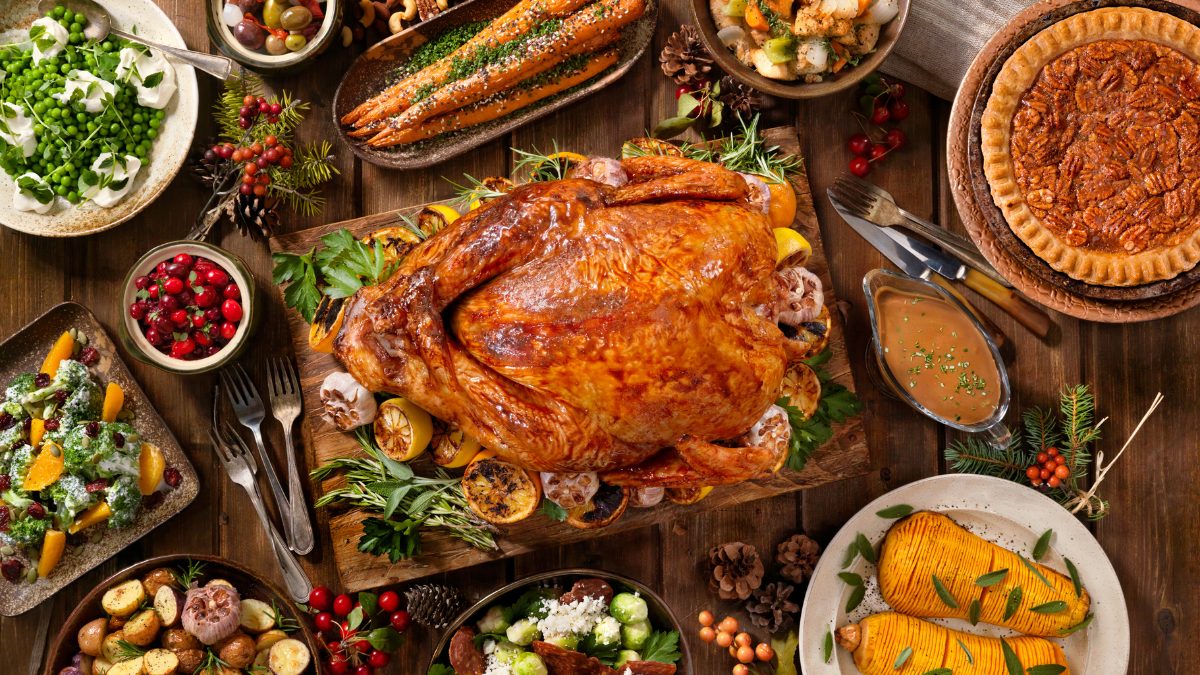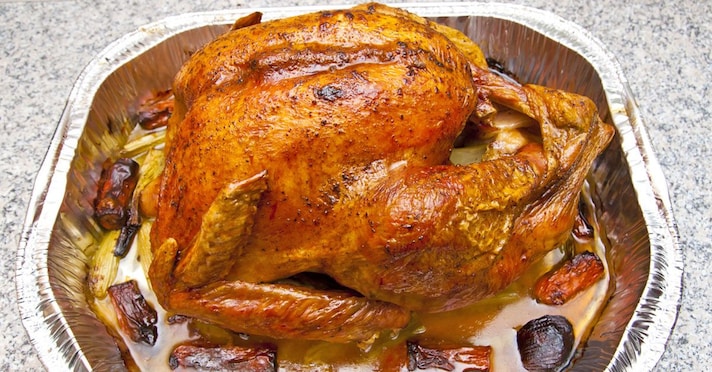
Americans planning their Thanksgiving feasts this year may face sticker shock at the meat counter. The U.S. turkey population has dropped to 195 million, the lowest level in nearly four decades, according to the American Farm Bureau Federation (AFBF). The decline is largely attributed to outbreaks of Highly Pathogenic Avian Influenza (HPAI) and Avian Metapneumovirus (AMPV), which have disrupted flocks and slowed production across the country.
As a result, wholesale turkey prices are projected to rise by approximately 40% compared to 2024, with retail prices following suit. This marks one of the steepest year-over-year increases in recent history.
Production and Supply Chain Strain
The drop in turkey numbers isn’t just about disease. Industry reports show that poult placements and egg sets—key indicators of future supply—have been consistently down throughout 2025. Slaughter numbers have also declined, with some months showing double-digit year-over-year drops, further tightening the supply chain.

Cold storage inventories of turkey products remain at five-year lows, and processors are struggling to meet seasonal demand, especially for whole birds and popular cuts like tom breast meat.
Retailers Respond
Despite the price surge, some retailers are stepping in with promotional pricing to ease the burden on consumers. According to Patch, stores like Aldi, Walmart, and Kroger are offering Thanksgiving meal bundles for as low as $4 per person, which include turkey and sides. These deals are limited and vary by location, but they offer a lifeline for budget-conscious shoppers.
What It Means for Consumers
While there’s no forecasted shortage of turkeys for Thanksgiving, families should expect to pay more and shop earlier to secure the best deals. Experts recommend checking local grocery ads, considering frozen options, and exploring alternative proteins if turkey prices prove too steep.
;Resize,width=767;)
